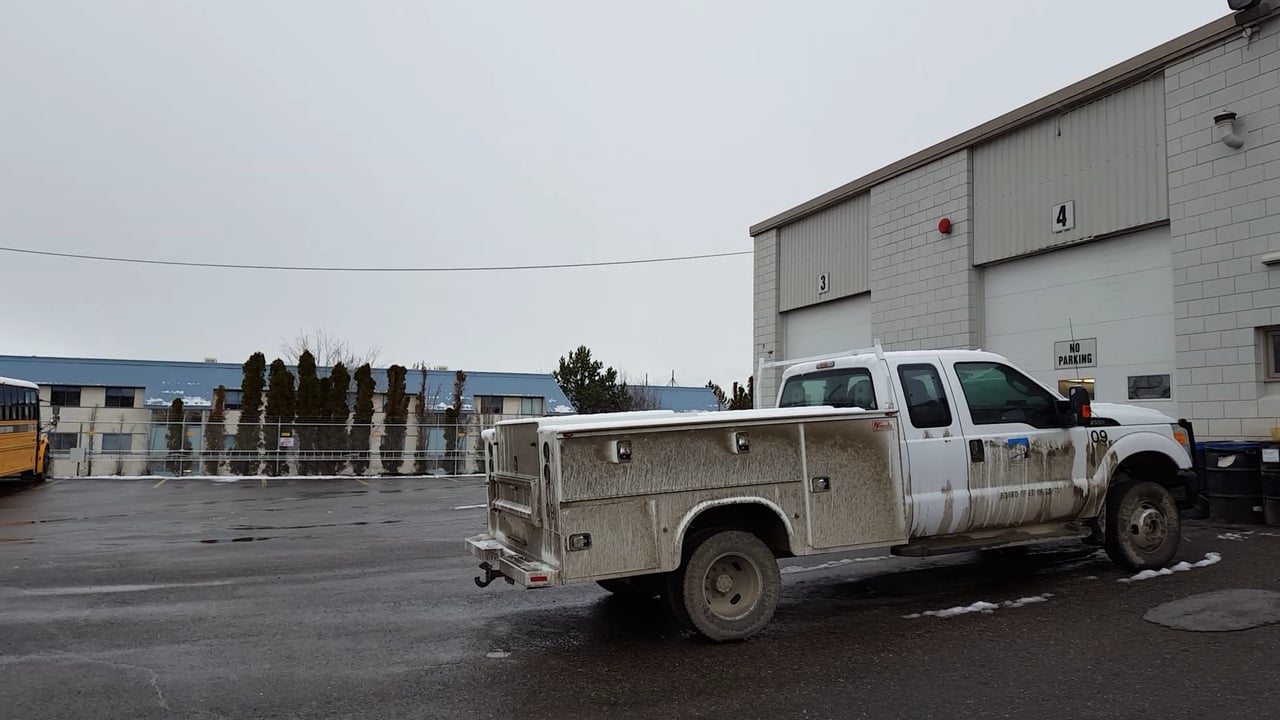Keeping a school bus fleet maintained is important but making sure they start in the cold weather is a priority. All of our buses come with a 1500 watt block heater from the factory. Since 2006 we have been ordering them with diesel coolant heaters that run on diesel from the fuel tank (They use maybe a cup of diesel per day). When the bitter cold weather gets here we go in early and prestart all of the buses before the drivers get in to ensure there isn’t a line up of frozen diesel engines that won’t go.
Espar and Webasto Coolant Heaters
They are a great addition when they are working properly. We have Webasto in the Thomas buses and Espar heaters in the Navistar units. They require regular run times year round to keep the liquids flowing and clean… other wise the piping gets full of sludge. Even in the Summer they need to be cycled.
Coolant Heater Software Required For Troubleshooting
Both heaters have software available and we have had our hands into them when there is a trouble code. Yes even these units flash up a code when not working right. It never ends and one point I want to stress is the parts are expensive. The initial cost is around $1200.00 to $1500.00 for the complete kit. Don’t quote me on that it depends who and where you are getting the unit from.
Using The Grid For Block Heaters
Our bus yard has the hydro grid along the entire fence line. The buses are plugged in and the controls for the electricity supply alternates on and off from one fence line to the next. This on off system saves on hydro costs. You can imagine the cost if our entire fleet was powered all night and most of the day.
Viscous Engine Fans Versus Clutch Engine Fans
One bit of advice if you ever purchase a truck make sure the fan is a clutch style instead of the viscous model. We have viscous on several of our buses and they are noisy and always turn even when it’s 10 or 15 below. Some of the bus routes go downhill right away so they’re running at engine temperatures of 140 degrees. There is an electrical fan clutch from Warner that’s working great on our two newest Thomas buses.
Winterfronts
Winterfronts help with engine warm along with radiator shutters. The blockage of air flow through the hood grill definitely helps. The only drawback to shutters is if they fail or fall apart pieces might go through the radiator which causes a big problem. It’s a guarantee that a tow truck is required with that scenario. So we removed defective shutters that came with some our Thomas buses and reduced the chance of a major service call and repair.
Keep a Good Tread Depth on the Tires.
Be prepared is our motto and I should add we change our winter recaps when the tread reaches 9-10 thirty seconds of an inch. There’s some life left there but saving the casings is worth a lot as well not running the recaps to the ground. We have found this to be a good practice. Less chance of a stuck or spinning out bus helps us run the operation more efficiently without unexpected call outs.
ABS Traction Control an Asset
The ABS traction control has really impressed me compared to the old diff lock technology. You can steer much better with the ABS system instead of having the differential locked in for straight ahead driving only. Going around a corner in the winter can be scary with a diff lock actuated.







